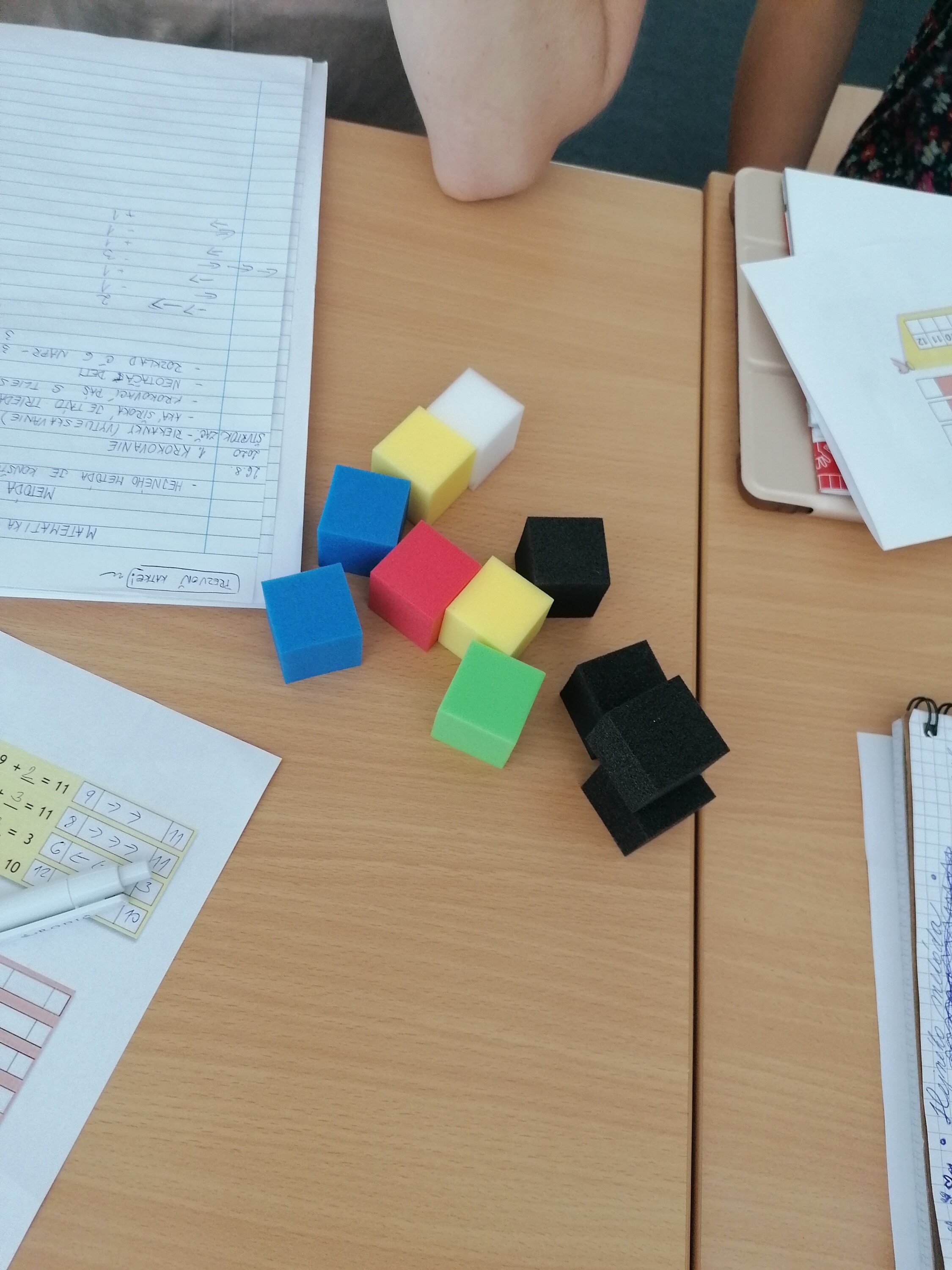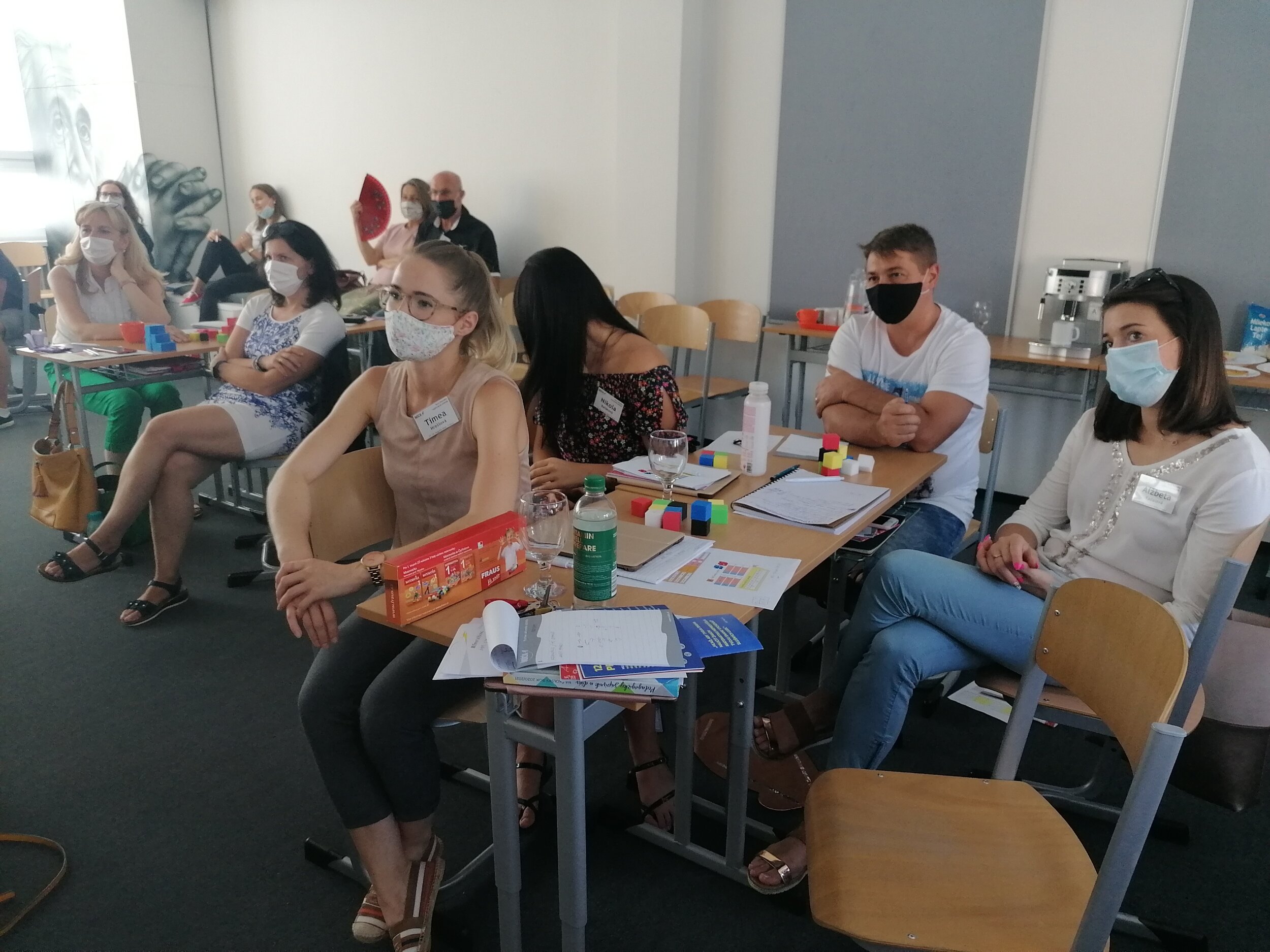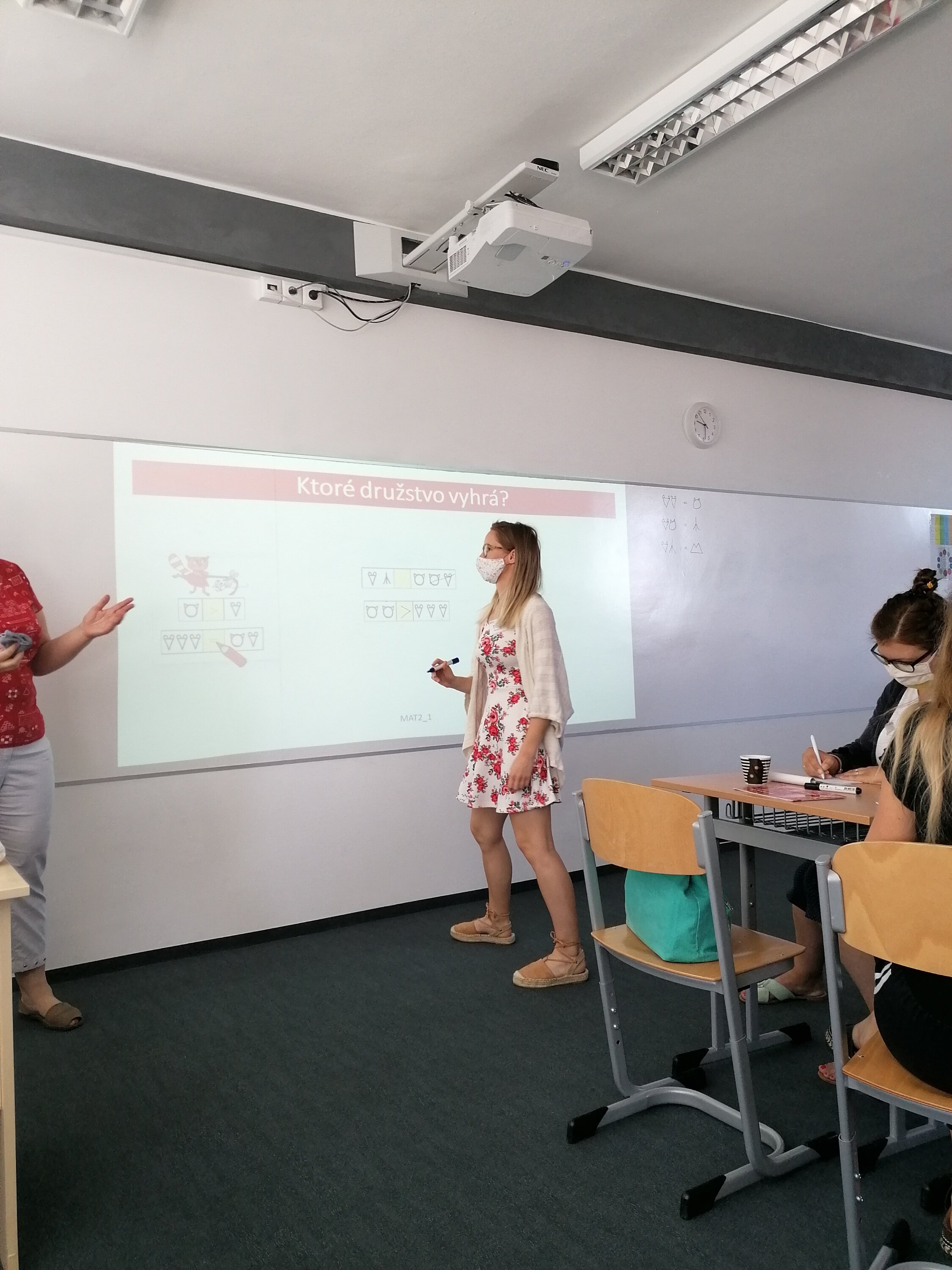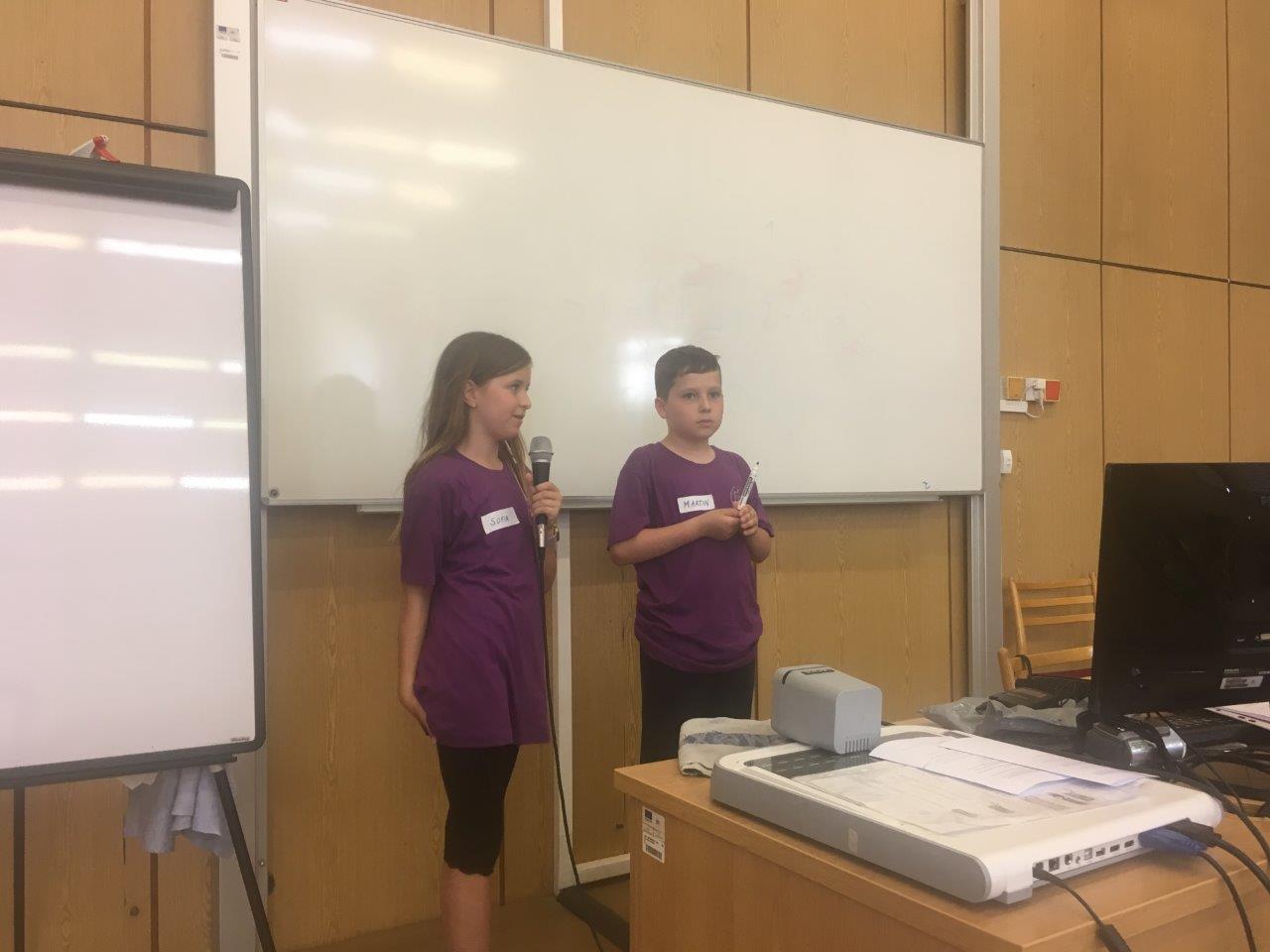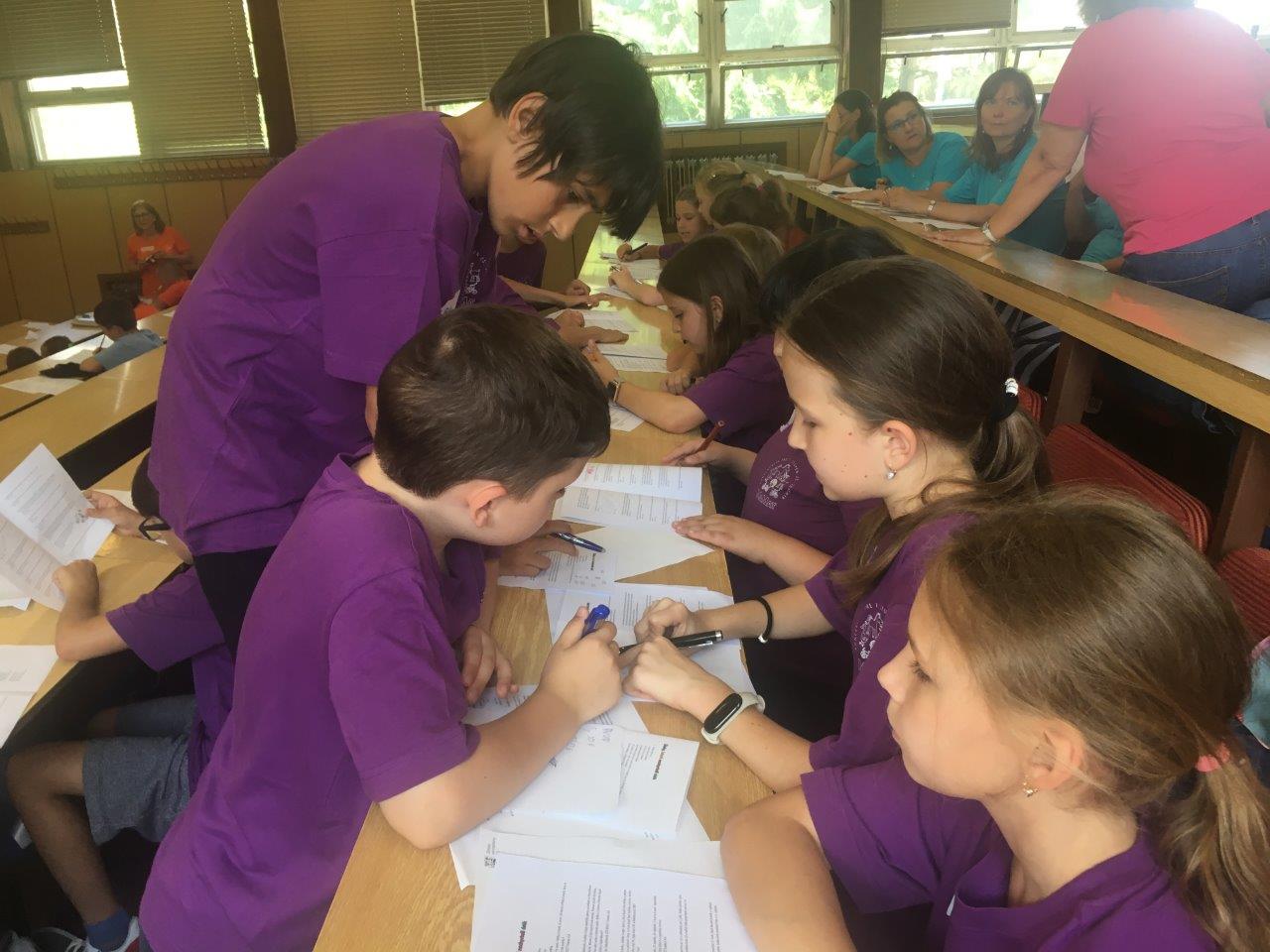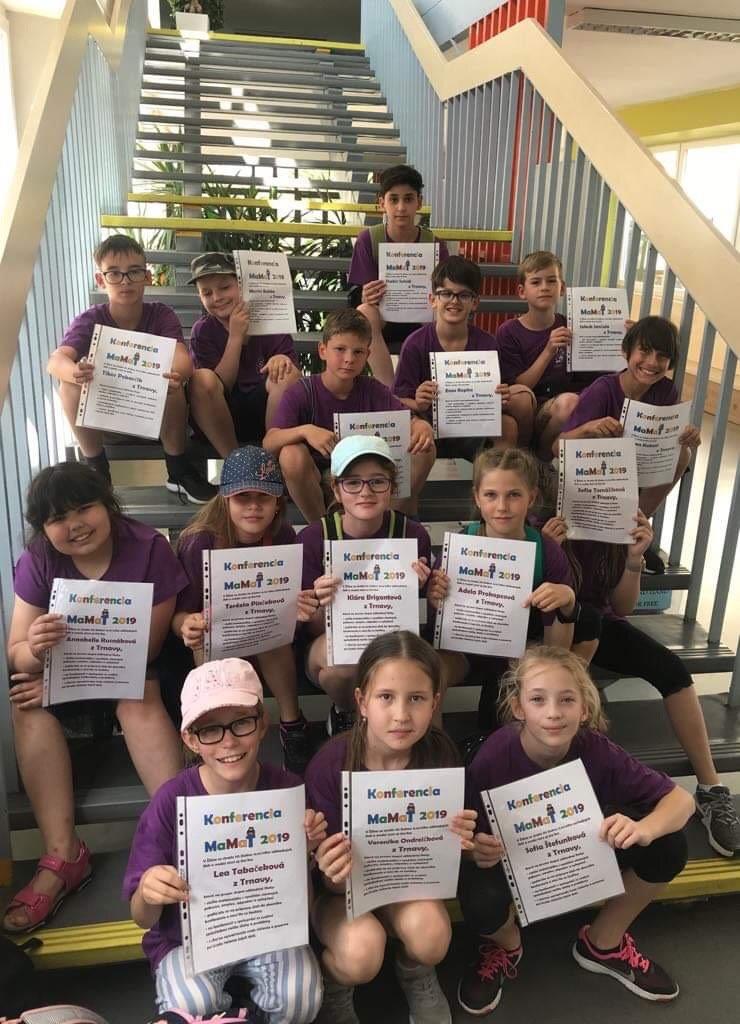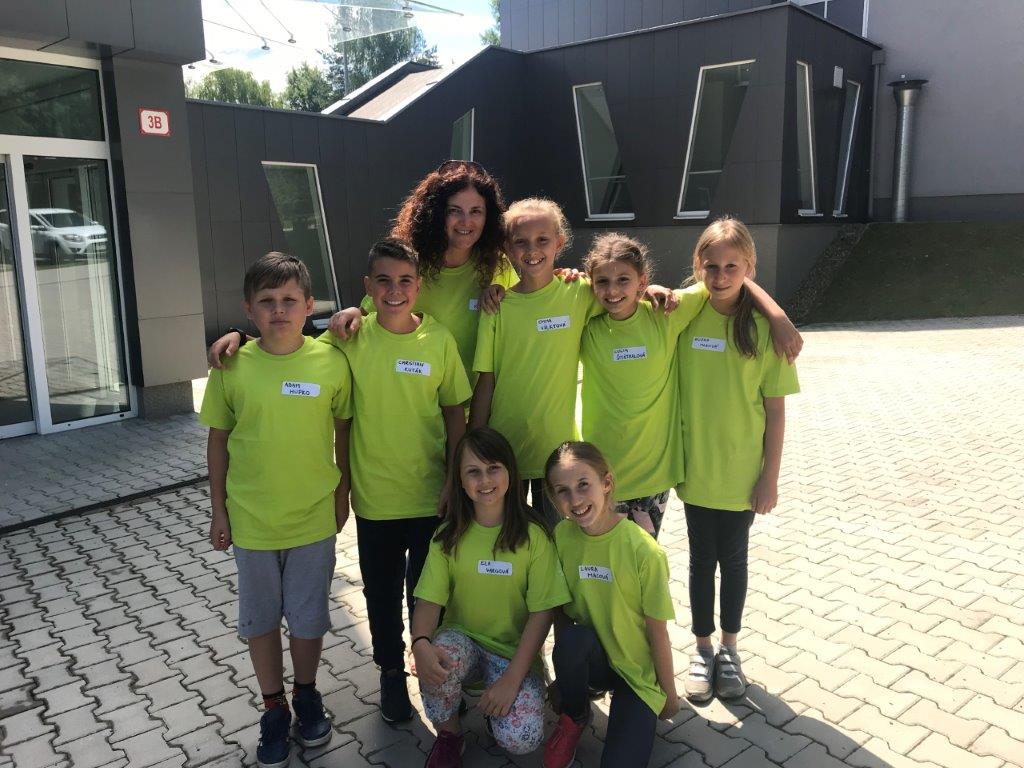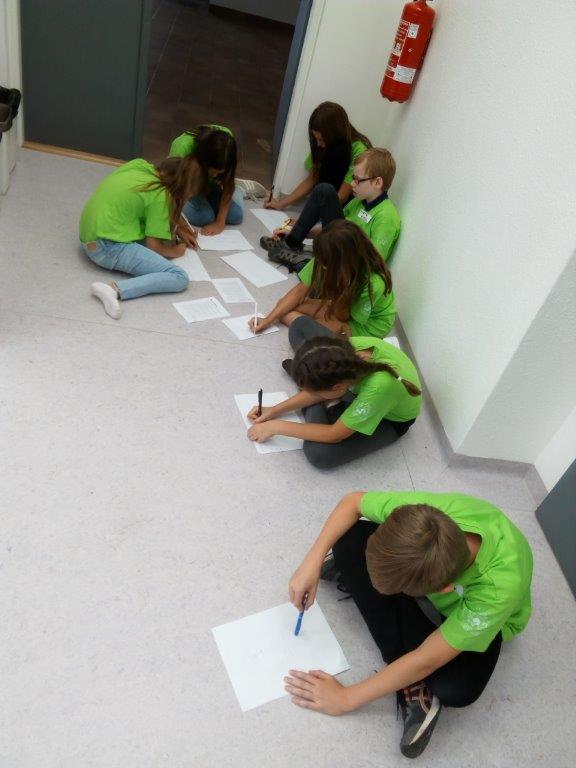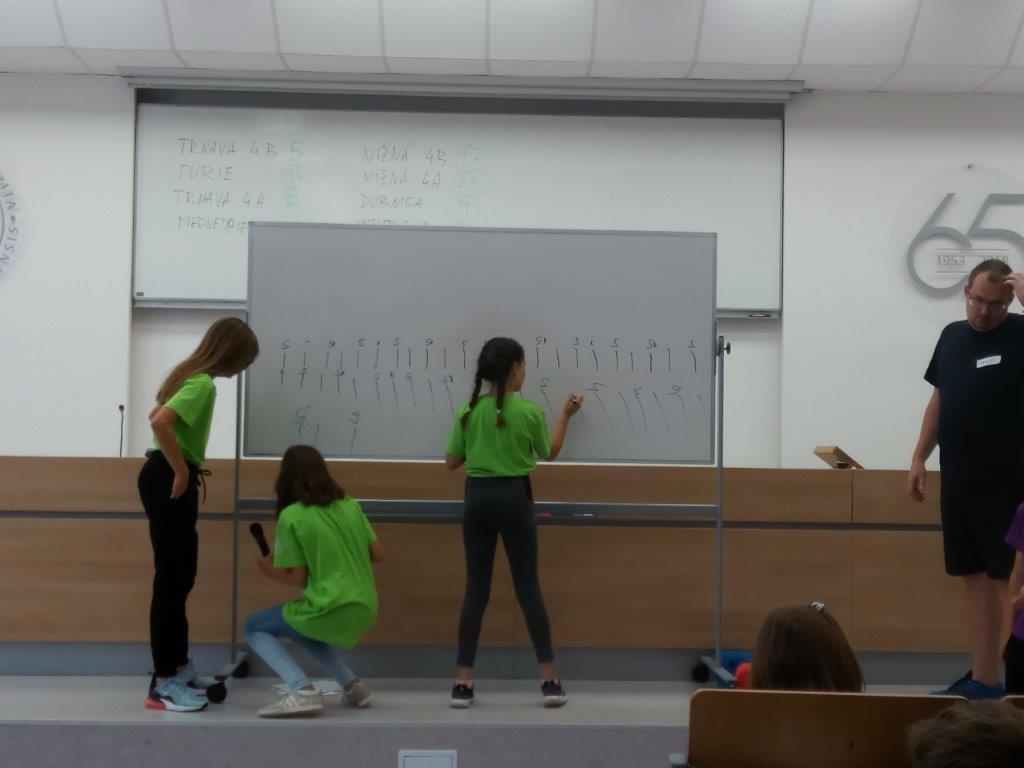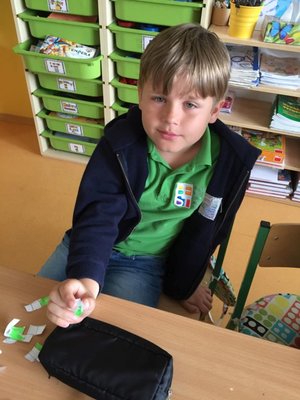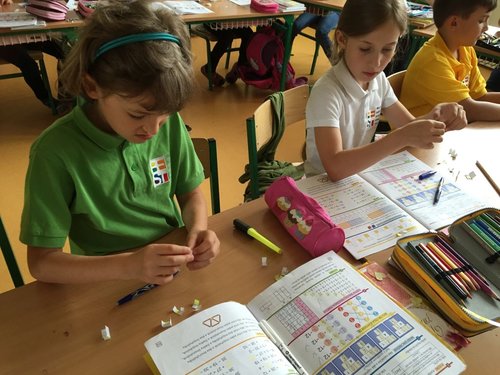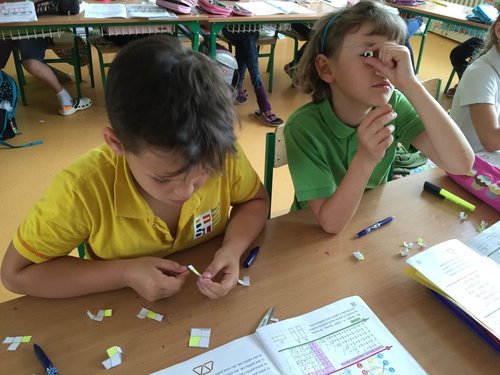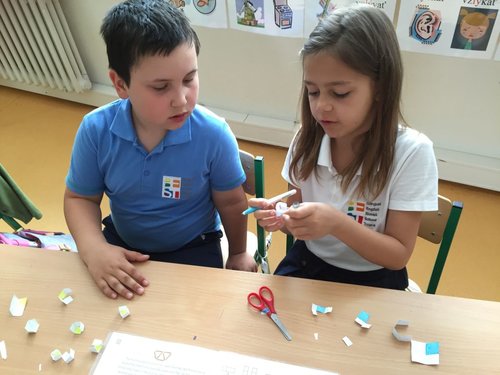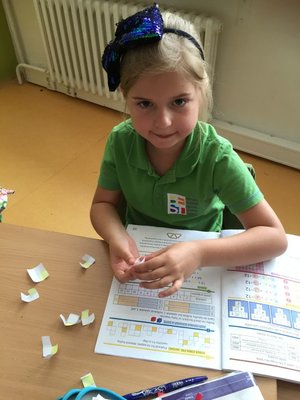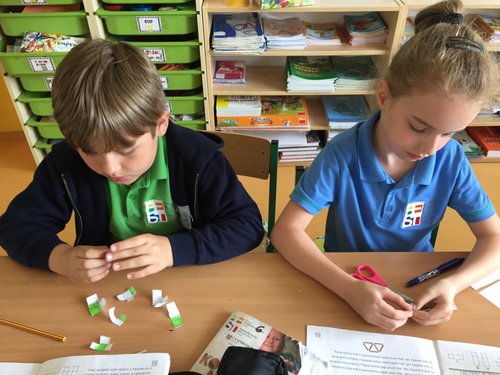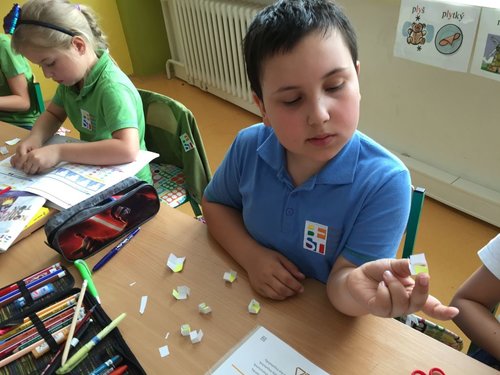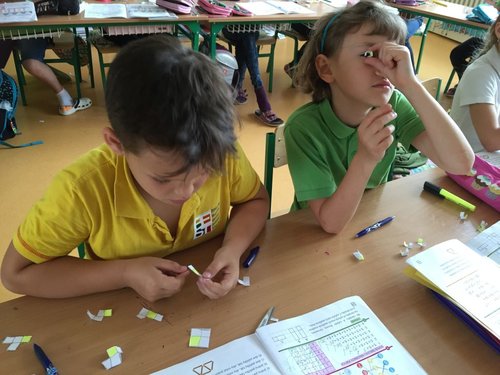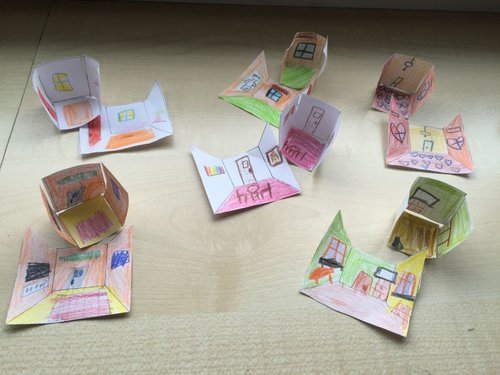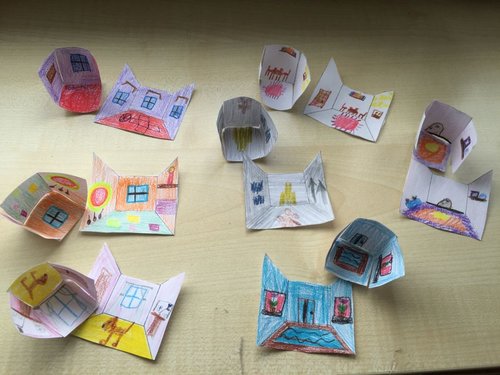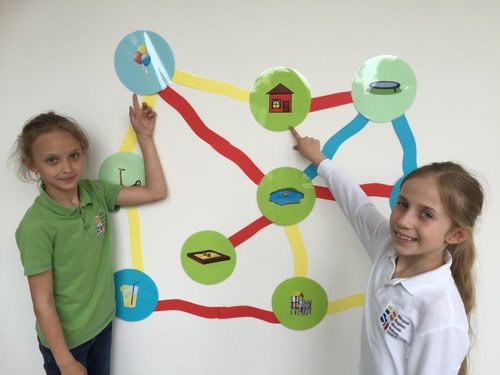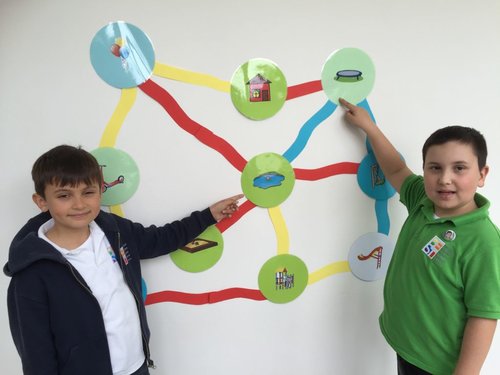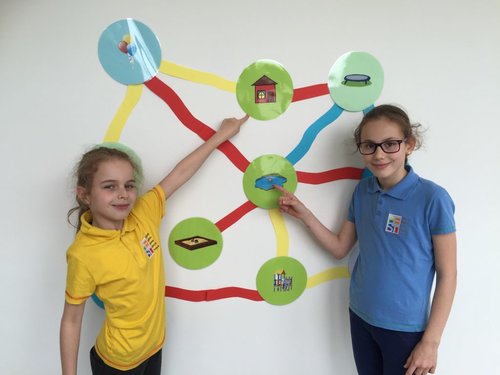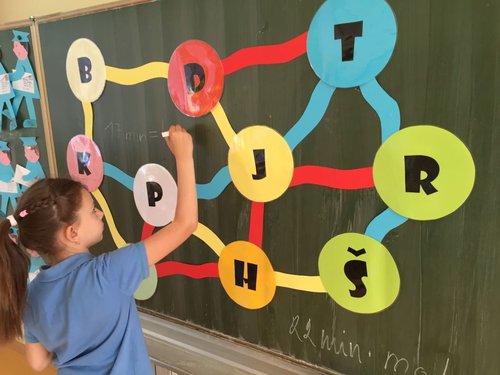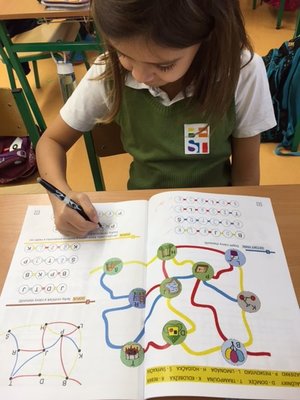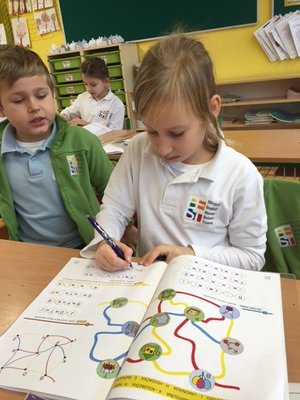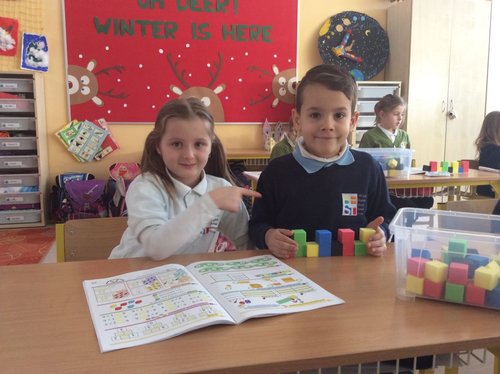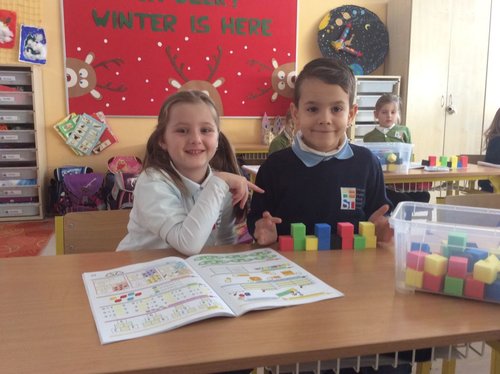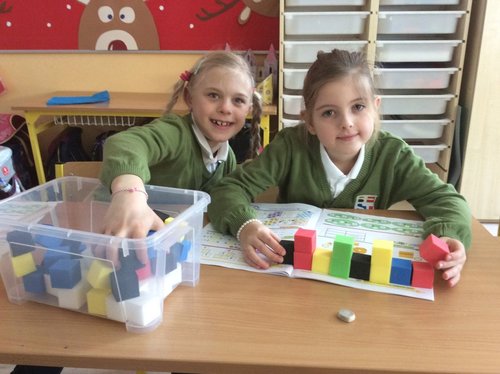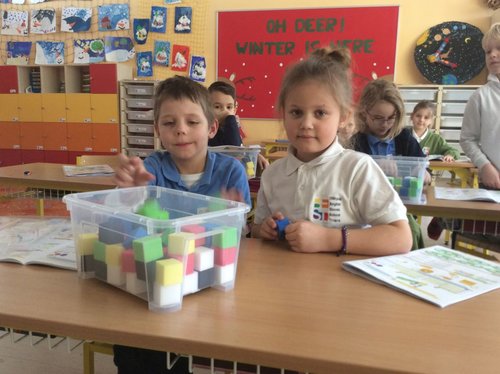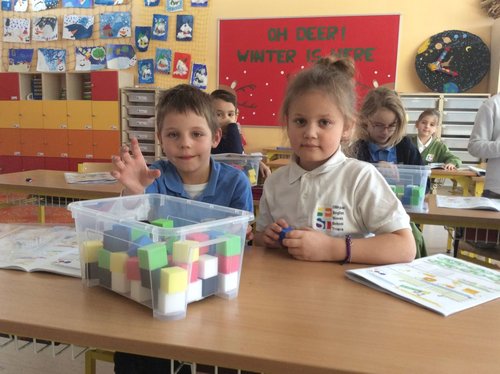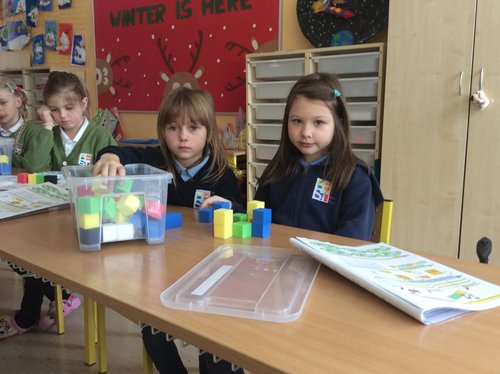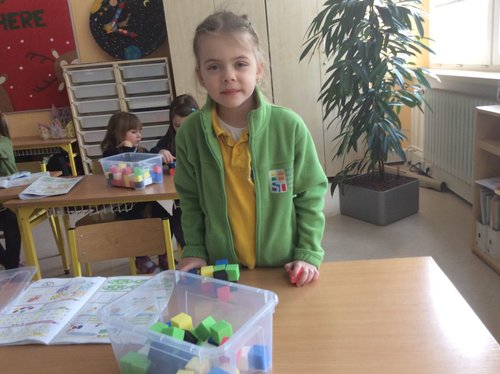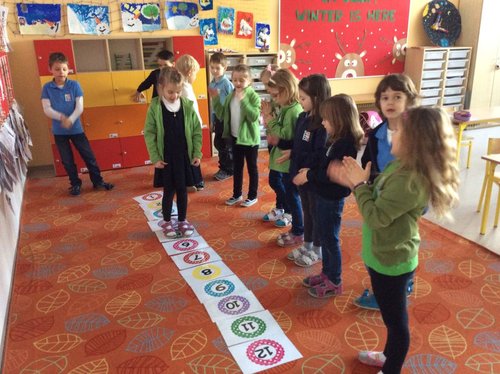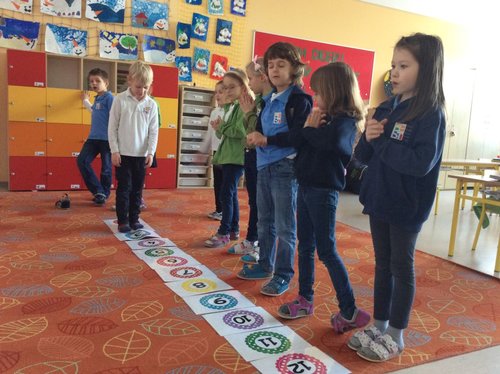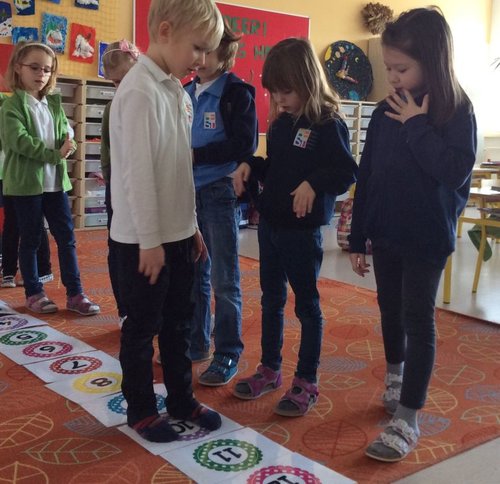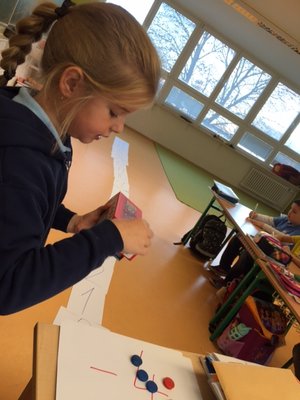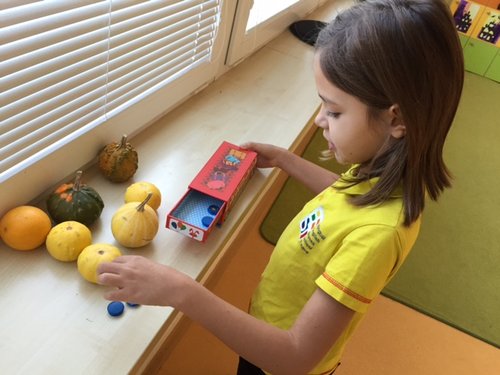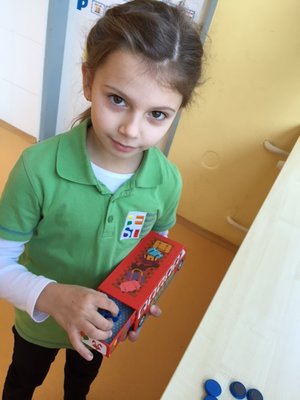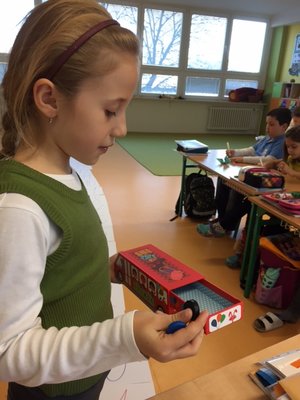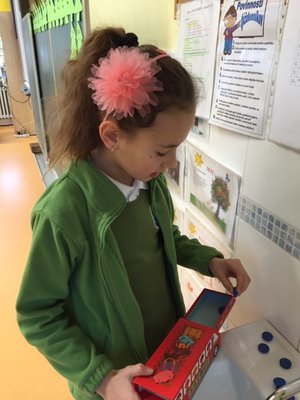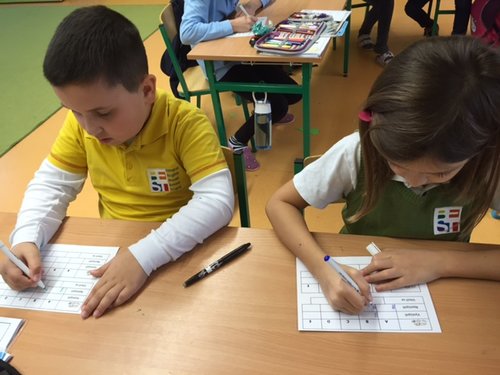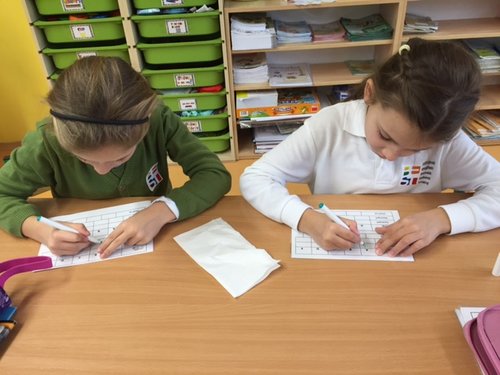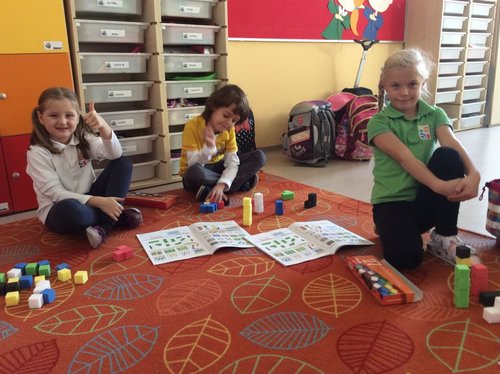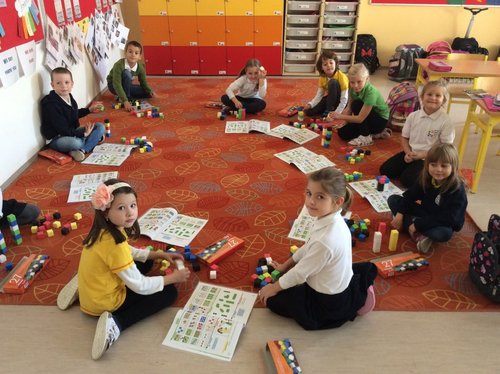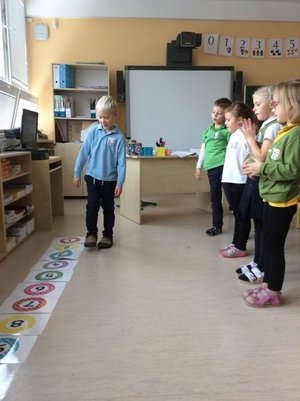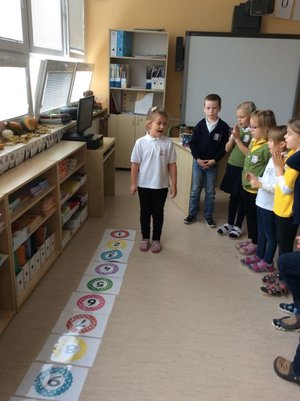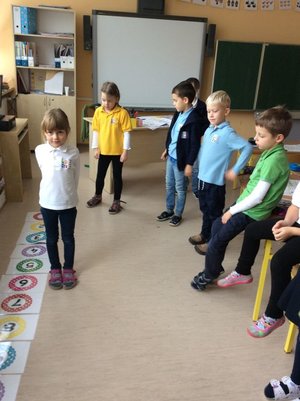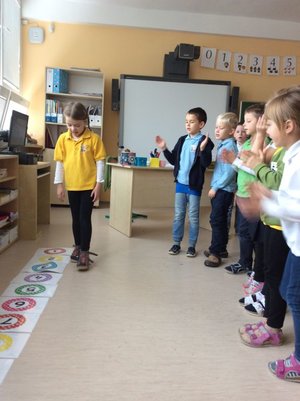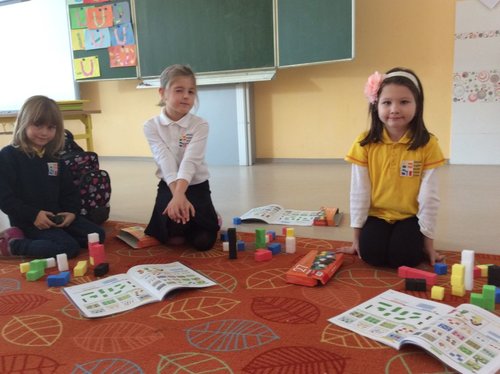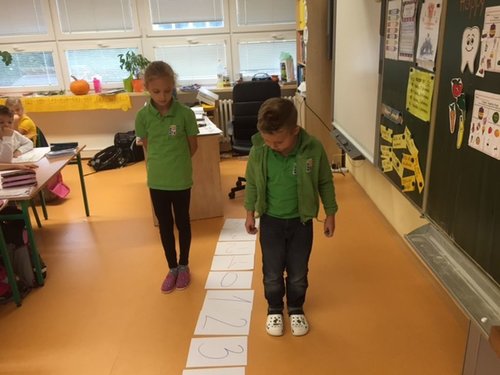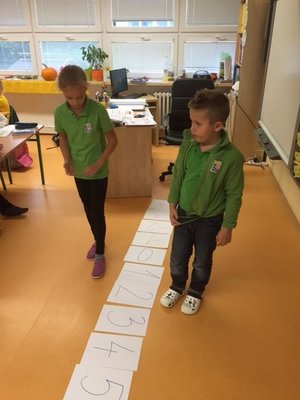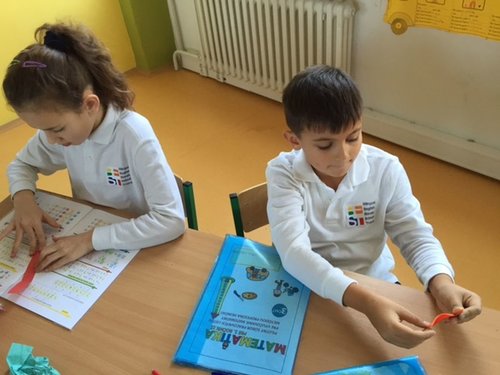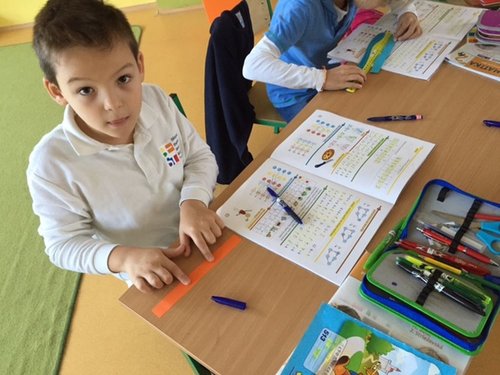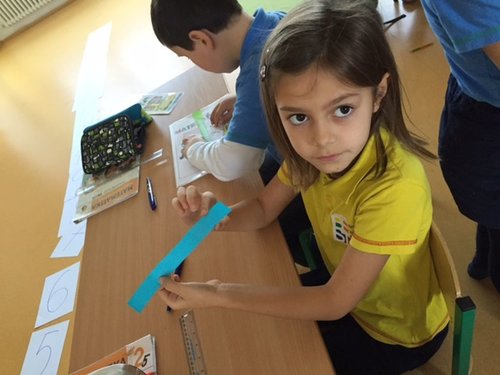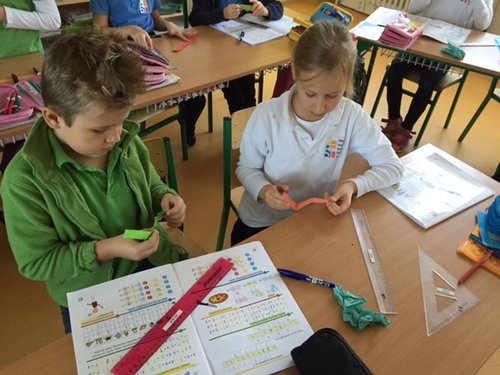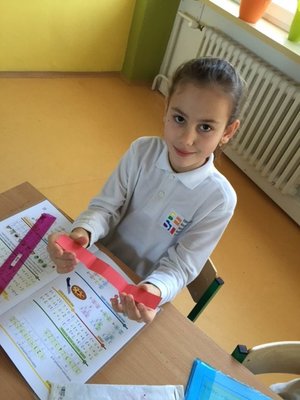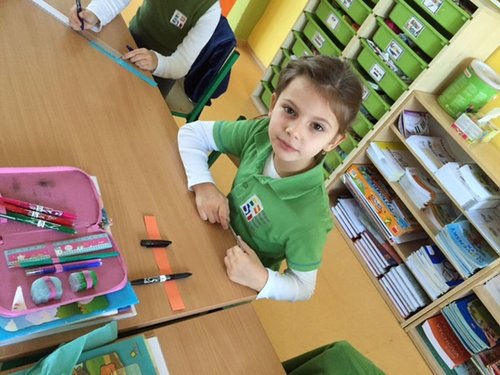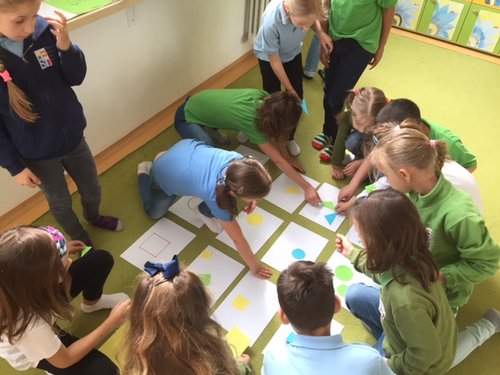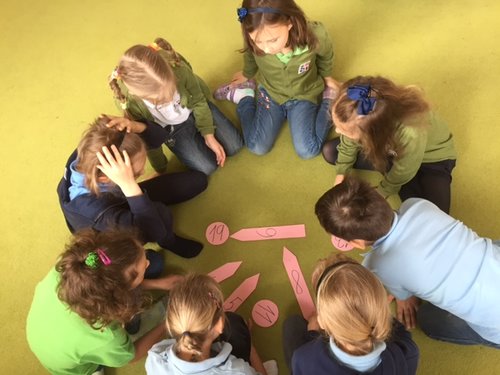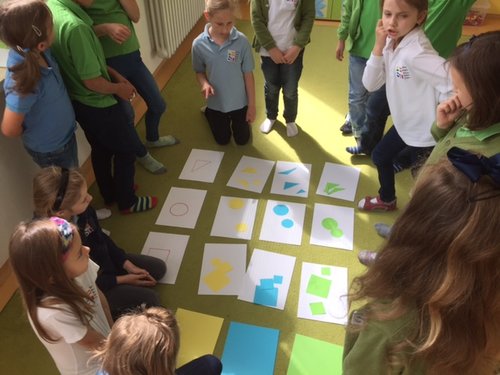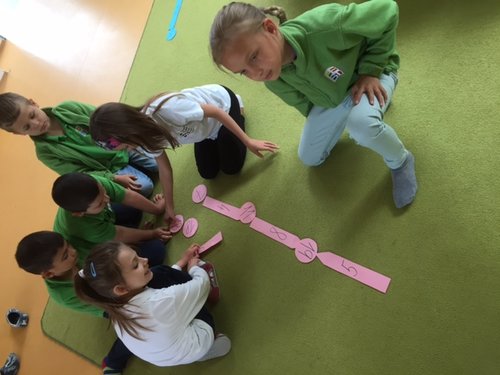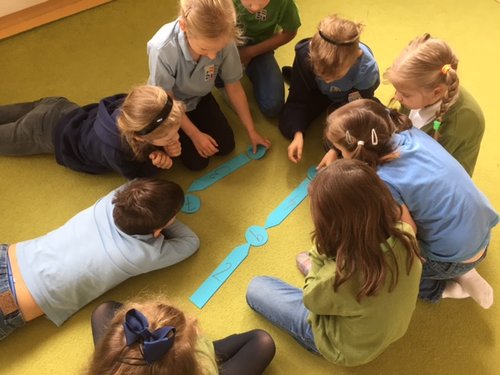HejNY METHOD
Hejny method handbook for parents
Deserved joy for learning
"Make sure your efforts to teach students mathematics do not exceed your efforts to raise decent people." - Vít Hejný
The main goal was formulated by Mr. Vít Hejný in the motto above. With this method, we can observe in children: the joy of work, the increase of social and intellectual abilities, the expansion and deepening of knowledge. This method is one the so-called constructivist approaches to teaching.
What is fundamental?
Mathematical concepts, relations and procedures are revealed by students themselves
The teacher educates, does not advise and does not draw attention to possible mistakes of students
The child will identify the mistake on his own and most of the mistakes will be corrected by the class
The teacher is only a moderator, counselor, guide
The students in the class cooperate, advise and provide help to each other
The method supports self-experience
Support of children's independent thinking
The educational objectives take precedence over objective knowledge
True motivation
The role of the teacher
The teacher here is not an authority, but rather a counselor, guide and moderator of the discussions. The teacher responds individually, reduces and increases the level according to difficulty and mastery. Process of analyzing mistakes plays one of the most important tasks here. The teacher does not evaluate the student's suggestions. He asks for class suggestions, so students learn to analyze mistakes. The teacher does not explain much. He prepares graded assignments of varying difficulty, to suit all mental groups of students in his class.
The role of the parent
If you want to be involved in education process, you need to switch roles and let your children explain how things are handled. Do not explain to children. Be an attentive listener to increase their intellectual self-confidence. Respond to mistakes with a curious question or model the situation from physical objects or play a game in which the child reveals the mistake.
12 PRINCIPLES
Hejny method is based on 12 principles, which are compiled into a comprehensive concept so children discover mathematics on their own and with joy.
The role of the teacHer – guide, moderator of discussions
Schemes building – the child also knows what they have not learned
Work in environments – they learn by repeated visit
Interweaving of topics – mathematical patterns are not isolated
Personality development – support for children's independent thinking
True motivation – when "I don't know" and "I want to know"
Real experience – we build on the child's own experiences
The joy of mathematics – significantly helps in further learning
Cooperation support – knowledge is born through discussion
Own knowledge - has more weight than the one taken over
Working with mistakes - we prevent unnecessary fear in children
Appropriate challenges - for each child separately according to his level
Source: Handbook for parents
Hejny‘s method is BESST
07.10.2020
How many windows does your house or apartment have? Probably everyone can answer this question. But how? We are not being taught this at school. The answer is constructivism - a teaching method in which we use logical judgment and a familiar environment. Like in our everyday life, same in mathematics, we can by gradual examination of the problem and by argumenting, obtain correct answers and long-lasting knowledge. We don´t need to memorize lessons or definitions.
The Hejny method is based on the same foundation and in addition it enhances experience, fun and skill development of the 21st century into the learning process. Instead of directive "preaching", the 1st-7th grade math teachers act as guides on a journey full of number discoveries, geometry or abstract concepts by using methods that each of us know and encounter on a daily basis. We travel together by bus, we walk long distances, we balance equations all the time. It's all mathematics in practice. After all, Pythagoras calculated the circumferences and contents of different shapes with wooden chopsticks. In order for our teaching process to be the most understandable, experiential and closest to life outside of school desk, our teachers are year-round educated in courses, trainings or regular workshops under the guidance of the mentor of Hejny method in Slovakia - Dagmar Môťovská.It is through experience that our students discover the laws of mathematics and logic through the ability to think critically, analyze problem situations and look for creative solutions, either individually or as a team.
We encounter a lack of creative thinking in the labor market already, and therefore, by using such a set of skills, students can find employment anywhere. I had the honor to attend Professor Milan Hejný‘s lectures during his summer school Indícia, n.o. and as he stated:
"We can not google wisdom."
High quality teaching through the Hejny method
11.09.2020
At the end of August, the Hejny method training, organised by non-profit organisation Indicia, was held at our school.
The workshop was very practical and tought us that teaching and learning mathematics can also be fun. All the teachers got their certificates.
We look forward to implementing this method at our school, because mathematics teach us to think out of the box, too
MaMat conference 2019
24.06.2019
Our Year 4 students attended a conference in Zilina. Primary students from all over Slovakia took part, and all of them attended Hejny Maths method. During the conference pupils from 4B participated with their own solutions, but also they took part in solving of non-standard mathematical tasks, explaining each other their steps, and discussing solutions. It was a great experience for them. We wish them to continue to like math and not te be afraid to think independently.
Our first conference
After several years of implementation of Prof. Hejny method, we were given an opportunity to join the conference. At Zilina University we met with other Year 4 pupils from different parts of Slovakia. First we were supposed to make tasks for other participants, then we worked in groups. At the end we had to present our findings and to oppose the solutions of other colleagues. We've mastered all the tasks perfectly, and we're looking forward to University.
Stage
The Hejny method keeps surprising us! Stage is a very different from blocks or playground. A stage has a very different blueprint and it can be challenging to create a net for it. We need to use combinatorics, spatial orientation, and real life facts about buildings to make the building happen!
Playground
Playground in 2A is very interesting. We measure, we count, and we use everything the playground provides. Sometimes we create our own problems to solve. We develop our Math skills in real-life situations that come alive in the playground.
Building blocks and stepping stones
Building blocks and stepping stones are our favourite activities! It is a fun way to learn how to think and count, and to find out how to build objects following the plans. It’s a challenge we love.
The Bus
Another great Math activity is “THE BUS”. By doing this fun activity we practice addition and subtraction while using a chart. The activity helps to develop logical thinking and to improve memory. Moreover, we move along the way!
Something new once again
In our lessons we work in different ways. We use unusual creative techniques that lead us toward solutions of various math problems. Children work individually and discover mathematics on their own and with pleasure. Imagination is strengthen using colourful blocks; children have their own sets which they use for making buildings according to a building plan, and discuss the buildings.
What is The Hejny Method?
Participating classes: 1.A, 1.B, 2.A, 2.B, 3.A and 3.B
The Hejny Method uses curiosity and playful nature of a child todeepen their interest in Mathematics and logical thinking. Moreover, this method introduces various learning strategies to children who are ready to employ them in other subjects as well. Children are participating in problem solving in a playful and safe way while exploring world around them.
The main benefit of the method is a system of tasks; pupils need to solve the tasks on their own and to explain each other the process of solving using arguments.
How we studied mathematics with Hejny method in 2014/2015:
